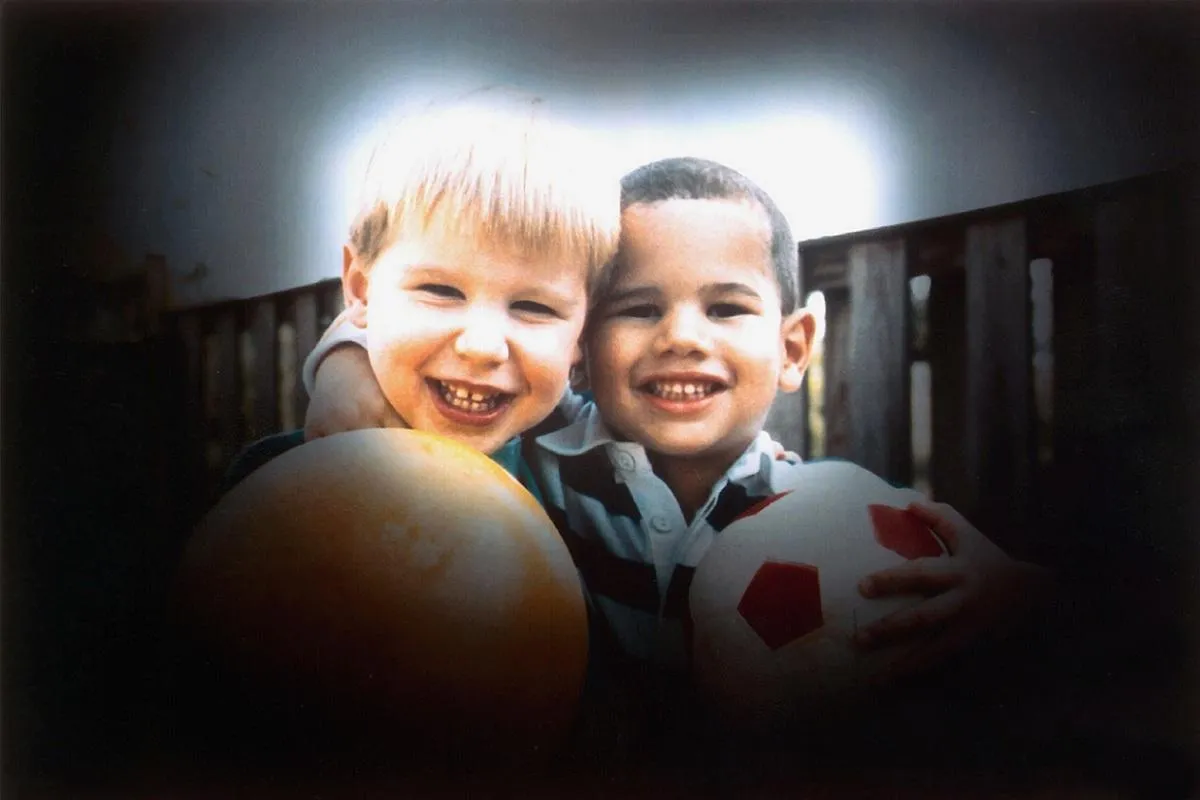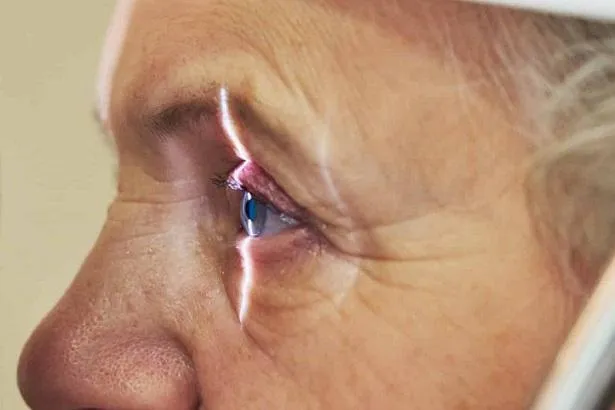Glaucoma
What is glaucoma?
Pressure buildup in the eye is proven to be a major risk factor for Glaucoma. If Glaucoma is left untreated it may lead to blindness.
Glaucoma Symptoms
Blurred vision, appearance of rainbow-colored circles, severe eye and head pain, nausea, vomiting or sudden sight loss. Regular eye exams can help detect glaucoma in its early stages before irreversible damage occurs.
Glaucoma Treatment
Glaucoma can be treated with eye drops, pills, laser surgery, traditional surgery or a combination of these methods. The goal of any treatment is to prevent loss of vision, as vision loss from glaucoma is irreversible.


How is Glaucoma diagnosed?
Dr. Keulder will review your medical history and conduct a comprehensive eye examination. He may perform several tests, including: measuring intraocular pressure (tonometry), testing for optic nerve damage with a dilated eye examination and imaging tests, checking for areas of vision loss (visual field test), measuring corneal thickness (pachymetry), inspecting the drainage angle (gonioscopy).
How is Glaucoma treated?
Glaucoma is treated by lowering your eye pressure (intraocular pressure). Depending on your situation, your options may include prescription eyedrops, oral medications, laser treatment, surgery or a combination of any of these.
Lifestyle Tips for Glaucoma
Eating a healthy diet can help you maintain your health, but it won't prevent glaucoma from worsening. Several vitamins and nutrients are important to eye health, including zinc, copper, selenium, and antioxidant vitamins C, E, and A. Regular exercise may reduce eye pressure in open-angle glaucoma. Drinking beverages with large amounts of caffeine may increase your eye pressure. Drinking a quart or more of any liquid within a short time may temporarily increase eye pressure. Sleeping with your head elevated has been shown to reduce intraocular pressure while you sleep.
